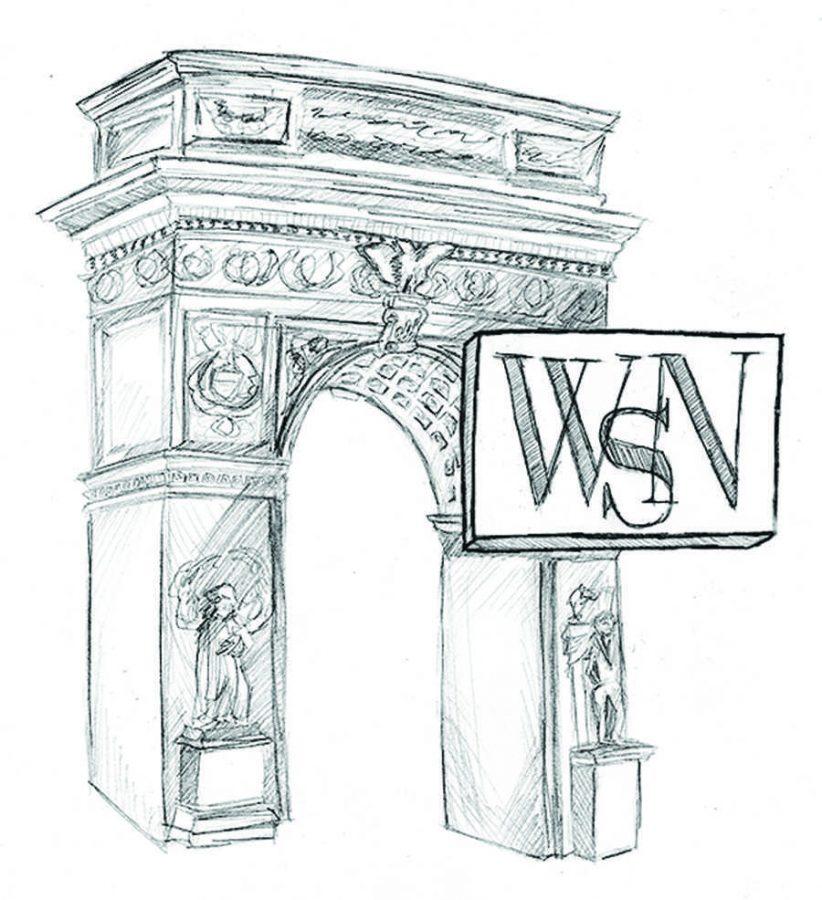On Student Debt, Trump Fails
November 17, 2016
From rumored Cabinet appointments to petulant tweets, his 100-day agenda to nationwide protests, newspapers have devoted a lot of column space to President-elect Trump since his victory. Americans, however, have little insight as to where Trump, who has never wholeheartedly identified with a political party, falls on the issues facing the country today. One major concern for families, particularly those in the NYU community, is student debt, and during the campaign, Trump had actually voiced his support for making college more affordable. His proposal to implement an income-based plan — where payments are capped at 12.5 percent of income and remaining debt is written off after 15 years — is a step in the right direction. Unfortunately, every other aspect of his proposal would tremendously hurt students.
A central aspect of Trump’s plan is that access to loans would be determined by their field of study. Tea party activist and campaign co-chair Sam Clovis suggested that liberal arts majors would face a tougher job market and therefore should have more difficulty in getting loans. Initially, this does not seem like a terrible idea. After all, statistically speaking, someone studying computer science will likely be able to pay off their loans much easier than someone studying art history. But not only does this create an environment where students in need of aid are forced to pick majors they may not like, but it also locks in students to their initial course of study. In a country where kids are taught to follow their dreams from a very young age no matter their background, this new mindset is extremely un-American.
The GOP has a long-lasting affection for deregulation, and now, with President-elect Trump, that passion is going to infect the education system too. Trump has previously claimed that he would lower tuition by reducing the “unnecessary costs” of colleges’ compliance with regulations, a hurdle that he probably faced while running his own fraudulent university. These rules are actually in place to protect students, like President Obama’s actions to weed out programs — like ones at for-profit schools — that drown students in overwhelming debt without providing the skill set or opportunities to repay these loans. Furthermore, while rallying against “administrative bloat” at universities, Trump cited a study from Vanderbilt stating that the university spent 11 percent of its budget, or $150 million, complying with federal regulations for the year 2013-14. The school, however, announced that the study was not meant to be definitive and the money was mostly spent on research.
Student loan debt was barely on Trump’s radar during the campaign, certainly not like it was for Hillary Clinton and Bernie Sanders. He did, however, occasionally show interest in the issue, calling it a “tremendous problem” and promising that as president, he would “make it really good for the student,” but his proposals suggest otherwise. Beyond damaging the atmosphere of higher education by devaluing liberal arts educations, the plan’s deregulation goals hit lower-income families the hardest. If the deceitful Trump University is any indication, the future president and his team have a lot to learn if they genuinely plan on tackling the student debt crisis.
Email the WSN Editorial Board at [email protected].



























































































































































